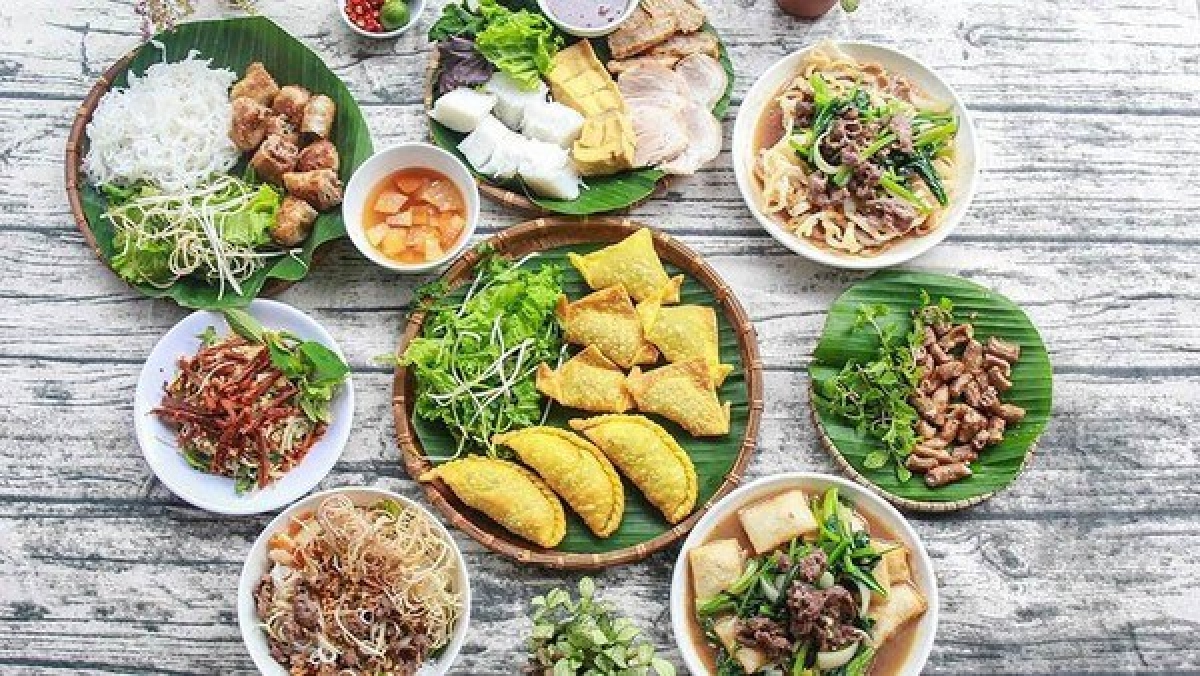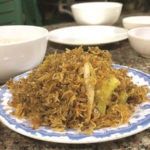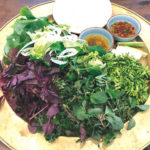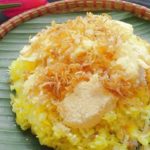The association held that the project, which began in 2022 and is to run until 2024, will bring about a variety of benefits to people, producers and travel companies in Vietnam.
Firstly, the project is expected to enhance the popularisation of nutritional sciences, contributing to providing consumers information on the origin of ingredients, cooking methods and ways to combine ingredients and spices of specialties in different regions, thus making it easier to pass on to future generations.
Secondly, it aims to boost the culinary economy by benefiting businesses, localities and producers involved in food and food ingredient supply. A unique culinary trademark will help to promote tourism and encourage businesses to enhance the quality of their products and improve the competitiveness of Vietnamese food products.
Last but not least, through the project, national culinary culture will be promoted among people inside and outside the country, contributing to boosting tourism growth through the culinary culture of different regions in Vietnam.
The project will be implemented in three phases. In 2022, it focused on collecting data on 300 typical dishes of Vietnam and selecting the100 most outstanding dishes.
This year, the project will focus on finding 1,000 typical culinary dishes.
This data will be used to complete the “Vietnamese Culinary Map” by 2024, towards the construction of 3D virtual reality-oriented “Vietnamese Culinary Museum” and a real-life Culinary Museum to serve domestic and international visitors in the future.
According to the World Tourism Organisation (UNWTO), culinary tourism is a unique advantage of each country, a strategic factor and an important driving force for tourism development. The combination of food and tourism creates great opportunities for tourism development and promotion. Today, culinary tourism has become a form of global popularity along with other forms of tourism. Many countries have taken initiatives to promote and market their cuisine around the world.
Vietnam is a country with rich culinary culture, including a defined delicacy in using and combining spices.
VCCA President Nguyen Quoc Ky said that cuisine is a good way to provide people a better insight into Vietnam, creating soft competitiveness in building the image of the nation and its subsequent introduction to the world.
Ky said he believes that once culinary culture becomes a national trademark, it will be an effective channel for tourism promotion, while expanding the market for Vietnamese food, and contributing to the country’s economic development.









